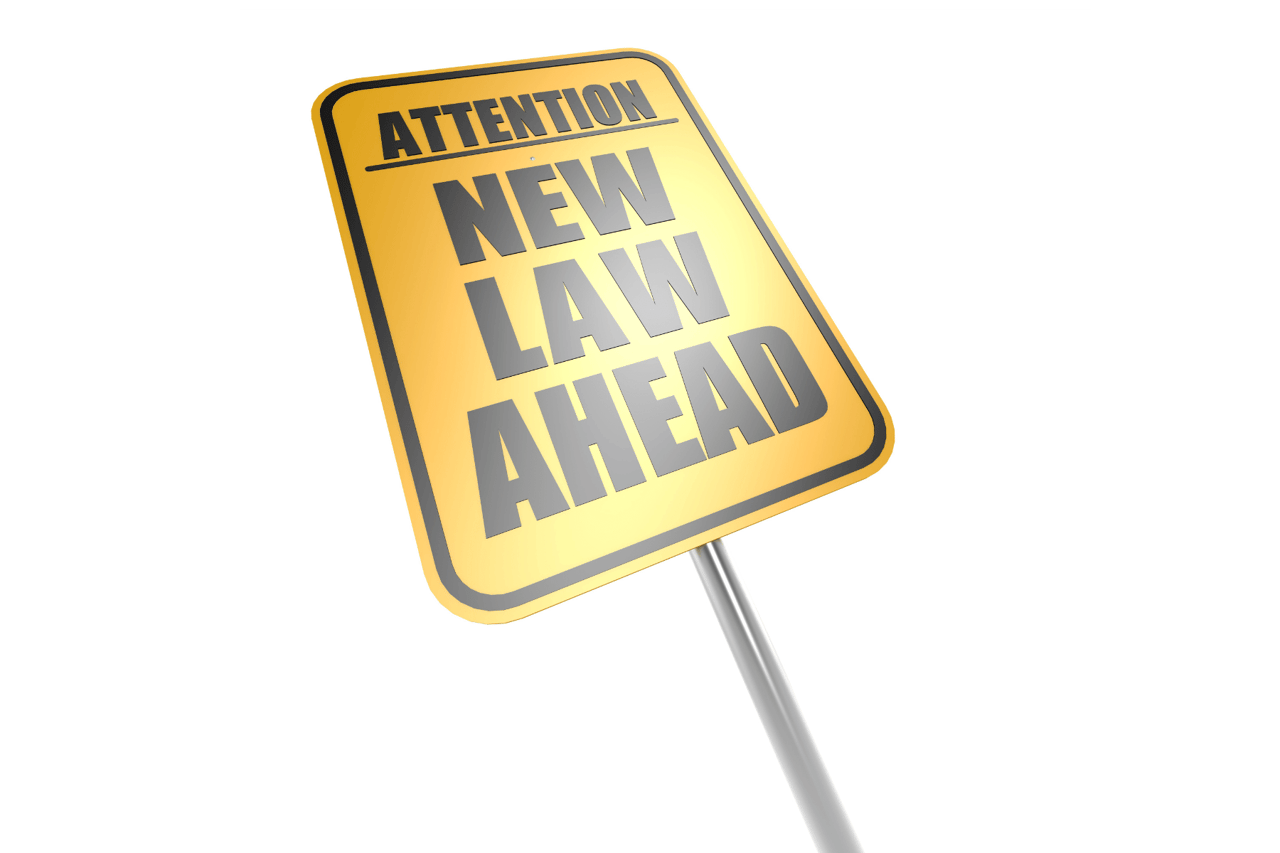Selling and Buying a Home at the Same Time: What Can You Afford?
Selling and buying a home at the same time is the ultimate definition of multi-tasking. After all, neither selling nor buying a home is an easy feat on its own — and you’ll need to take on both at once! As much as you should be thinking about selling your current home, you’ll also need to spend just as much time finding a new house to live in, too.
As you begin the process of selling and buying, there are likely two significant questions on your mind: What is my current home worth, and how much can I afford to spend on a home? In order to get a clear and accurate understanding of how much home you can afford, you’ll need to know the value of the home you’re trying to sell first.
As always, we’re here to answer all of your questions about the home selling (and buying!) process. Continue reading to discover what you can afford on your next home.
How Much Can I Afford on a Home? 4 Key Factors to Consider
1. Figure Out Your Finances
As is the case with any significant life decision, the first thing you should do is figure out your finances. Let’s take a closer look at some of the most important factors to consider, including your debt-to-income (DTI) ratio, housing expense ratio, mortgage term, and down payment.
Debt-to-Income Ratio
Your debt-to-income ratio is one of the most important factors in determining how much you can afford a home. To calculate your DTI ratio, you’ll need to add up all of your monthly debts and divide this number by your monthly gross income. When lenders evaluate your mortgage application, they will look at your debt-to-income ratio to determine how much additional debt you can afford to take on, as well as your ability to pay your mortgage on time.
Housing Expense Ratio
Your housing expense ratio, or house-to-income ratio, is another key indicator to see how much you can afford a house. This ratio is determined by dividing your housing expenses by your pre-tax income to show what percentage of your income goes towards paying for housing. Mortgage lenders typically use the housing expense ratio in conjunction with the debt-to-income ratio to determine whether or not a homebuyer is qualified to receive a loan.
Mortgage Term
The mortgage term refers to the length of time you have to pay back the amount you’ve borrowed from a lender. While there are various options to choose from, the two most common term lengths are 15 and 30 years. In addition to determining the amount of time you’ll need to pay back your loan, this term also impacts your monthly payments. This will likely be the most significant debt payment you’ll have to make each month, so it is vital to make sure you can afford it.
Related: How to Apply for a Mortgage
Down Payment
The down payment you’ll make is another critical factor to consider as you figure out your finances. Although putting down 15% to 20% on a house isn’t always necessary, a larger down payment will help you secure lower interest rates and avoid mortgage insurance. Factoring in your down payment can help you get a better idea of how much your monthly payments will be — and, therefore, how much house you can afford.
2. Determine Your Home’s Potential Value
Once you’ve figured out your finances, another equally important step is determining your home’s potential value. Many factors can affect your home’s valuation, and understanding its worth can help you plan accordingly as you start looking for a new house to buy. Before putting your house on the market, use online valuation tools, evaluate comparable properties, request a comparative market analysis, and hire a professional appraiser to tell you how much your property might be worth.
Click here to use our free online home valuation tool and discover how various factors like location, size, condition, and more will affect your property’s value. And in the meantime, check out our blog, How to Calculate the Value of Your Home, to learn more.
3. Think About Location
As we mentioned above, location is an essential part of determining not only your home’s value but also how much you can afford once it’s time to buy. For example, perhaps you live in the city and want to move to the outskirts for a change of pace. In this case, you may be able to get more bang for your buck by moving to a location where you can purchase additional land for less money. Because homes in cities tend to be priced higher than homes in the suburbs or more rural areas, it is crucial to consider location during your search.
4. Strategically Price Your Home
Last but not least, listing your home for the right price is a critical component of a successful sale. After all, you don’t just want to put any price tag on your house — you want to do it strategically. Price your home too low, and it will likely sell for less than it could have sold for. On the other hand, price your home too high, and you risk sitting on the property for months. This causes you to lose some of your leverage as a seller, resulting in buyers offering below-market value for your home. Furthermore, selling your home for the best price possible will ultimately help you afford more homes once it’s time to buy. It’s a win-win!
Learn More: 8 Rules for Pricing Your Home Right
Selling and Buying a Home at the Same Time With The Redbud Group
How much home you can afford depends on your financial situation and preferences, as well as your home’s current value. But ultimately, one of the best things you can do is find a trusted real estate agent.
There are numerous benefits of hiring a real estate agent when buying or selling a home, and this is especially true when you’re doing both simultaneously. Selling and buying a home at the same time can be a stressful and time-consuming process — but we’re here to make it easy! Click the button below to speak with a member of our team and get one step closer to selling your house and finding your next dream home.




